In mid-June, walking along the fields in Dien Dong, Dien Thai, Dien Lam communes (Dien Chau district), instead of the usual bustling production scene, people come across fields of green and yellow dead rice. The plants grow sparsely, in the stage of ripening.
Mr. Tran Minh Tam - a farmer in Dien Lam commune said that his family currently has 2 sao of rice for regeneration. "Compared to cultivated rice, the investment cost for dead rice is much lower, there is no need to plow, fertilize or spray much, and the care is light. But the yield is only 60 - 80 kg/sao, which is not much profit," Mr. Tam shared.
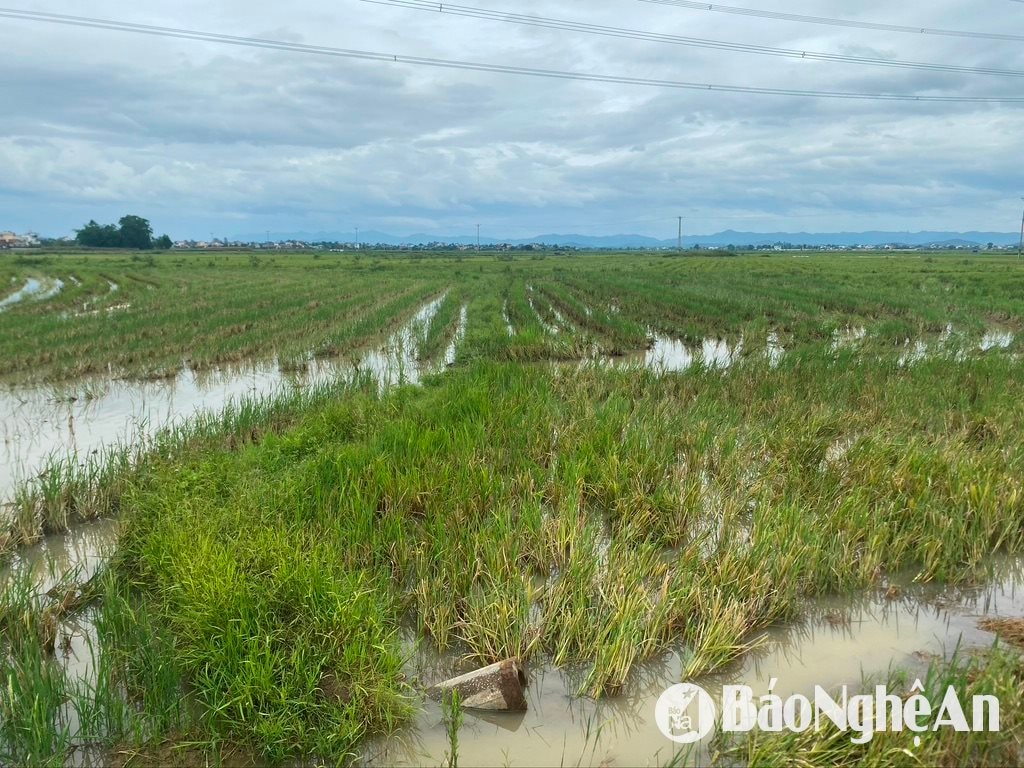
According to statistics from the People's Committee of Dien Lam commune, the whole commune only cultivates about 100 hectares of summer-autumn rice, leaving more than 100 hectares for rice regeneration. Mr. Ta Thanh Hao - Chairman of the People's Committee of the commune, explained: "People are afraid of summer-autumn production because it depends on dam water, production costs are high, it is difficult to hire workers, and there are complicated pests and diseases, so they choose to let the rice die to reduce risks."
Dien Chau district has about 6,000 hectares of summer-autumn rice, of which 1,500 hectares are rice husks. According to Mr. Le The Hieu - Deputy Head of the district's Department of Agriculture and Environment, said: "Leaving rice husks is not recommended by the industry, but people's farming habits are very difficult to change."
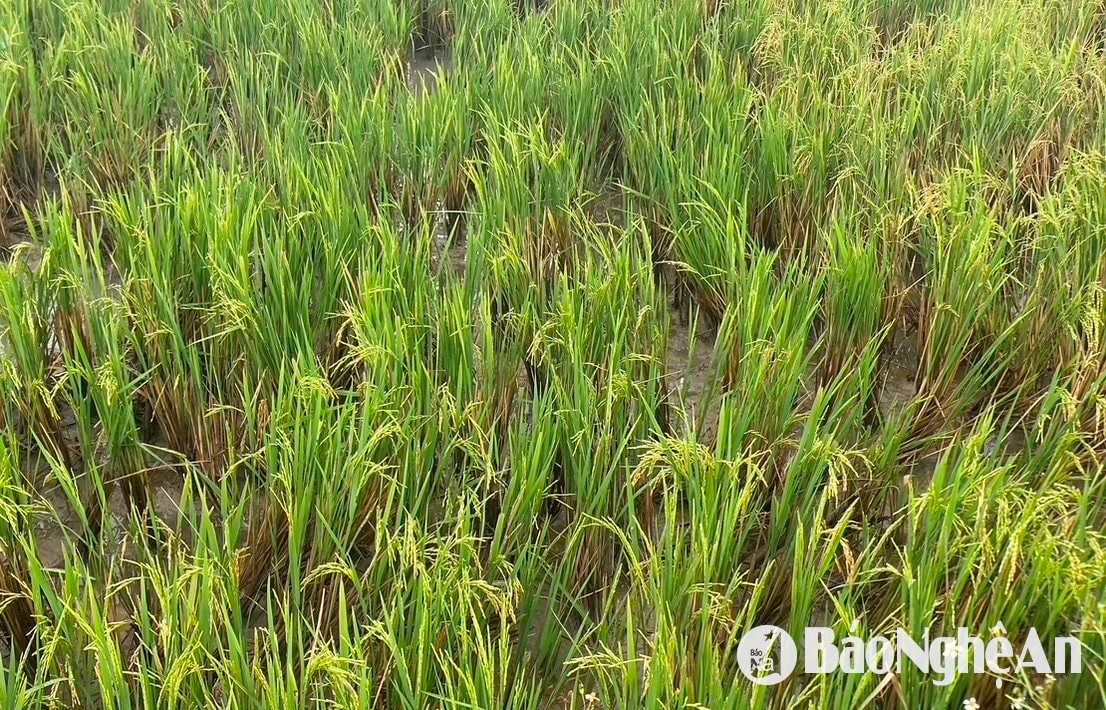
Not only in Dien Chau, the same situation is also happening in Quynh Luu district. Along the communes of Quynh Hung, Quynh Ba, Quynh Giang, Quynh Dien... many rice fields are blooming, showing no signs of being cared for.
Mr. Nguyen Minh Quang - a farmer in Quynh Hung commune shared: "The land is deep and prone to flooding, and fertilizer prices are increasing. If you prepare the land and plant crops but encounter bad weather, it will be considered a total loss. Although the yield of rice is low, it is considered as an additional 70 - 80 kg/sao if things go well."
Mr. Tran Binh Trong - Chairman of Quynh Hung Commune People's Committee said that the whole commune has about 200 hectares of rice, but most of the people have let it die. The government has promoted and mobilized people but encountered many difficulties due to fear of weather and pests.
In the whole Quynh Luu district, the 2025 summer-autumn crop will be planted on more than 4,500 hectares, of which over 1,400 hectares will be rice. According to Mr. Nguyen Van Truong - Head of the district's Department of Agriculture and Environment, most of the rice growing areas are ineffective, the district is directing communes to guide people to convert suitable crop structures in areas that do not ensure conditions for summer-autumn rice production.
According to statistics from the Department of Cultivation and Plant Protection of Nghe An province, this summer-autumn crop, the whole province planted more than 80,000 hectares of rice; For rice, the province has about 3,500 hectares. These areas are concentrated in the districts: Quynh Luu, Dien Chau, Yen Thanh and Hoang Mai town.
Mr. Nguyen Tien Duc - Head of the Department of Crop Production and Plant Protection, affirmed: "Rice husks are not included in the recommended production structure because the yield is very low, usually only 1/4 to 1/3 compared to normal rice, and many places even get nothing. More importantly, leaving rice husks is an ideal environment for pathogens to survive and spread to the next crop."
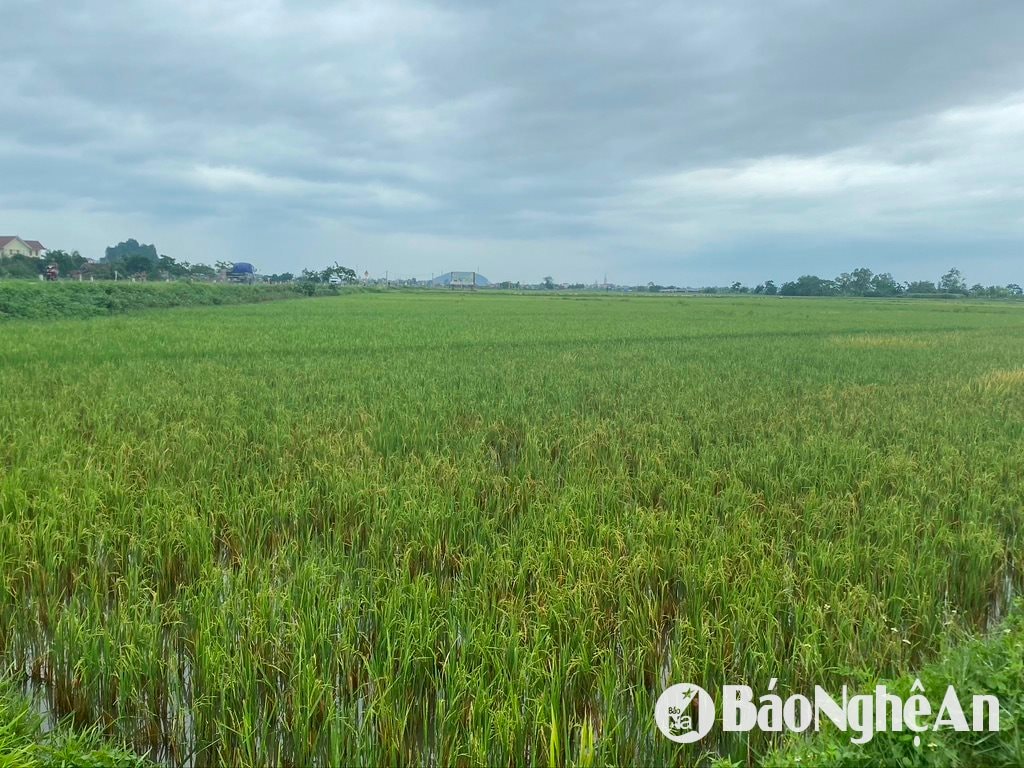
According to Mr. Duc, rice plants that have been left in the fields for too long without soil treatment are ideal habitats for rats and fungi. "This is a bridge for dangerous pests and many other viruses. In the long run, it will seriously affect the productivity and quality of the main rice crops," Mr. Duc emphasized./.
Source: https://baonghean.vn/nghe-an-canh-bao-o-sau-benh-tu-nhung-canh-dong-lua-chet-10299660.html



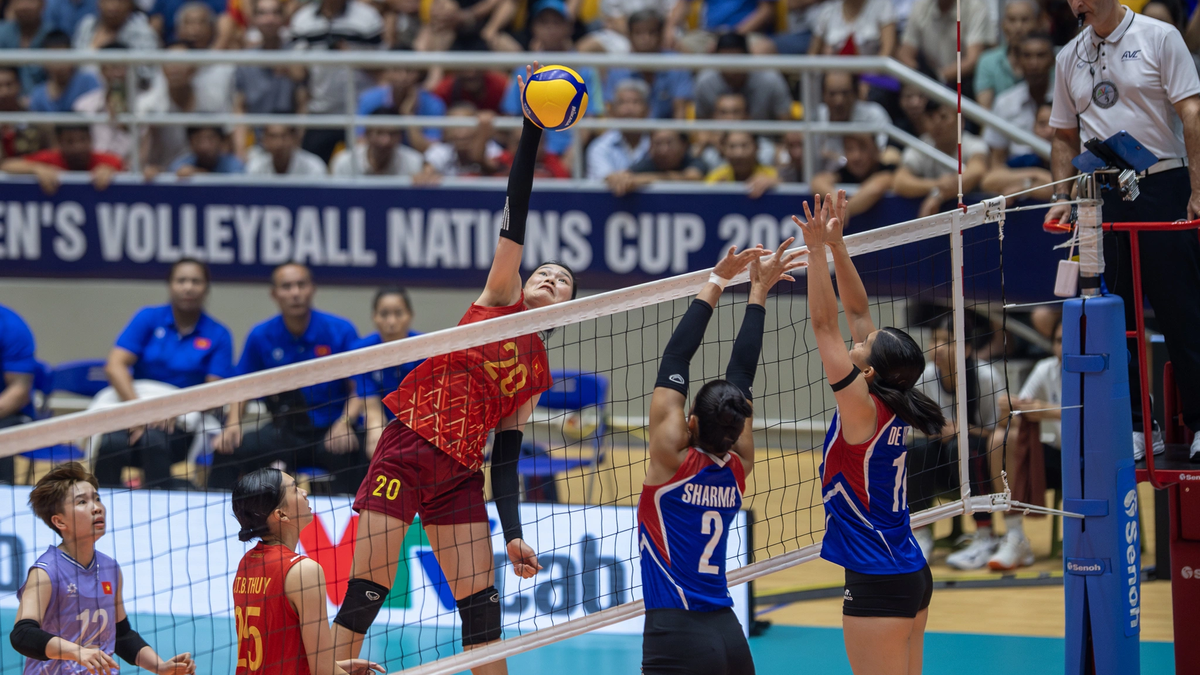

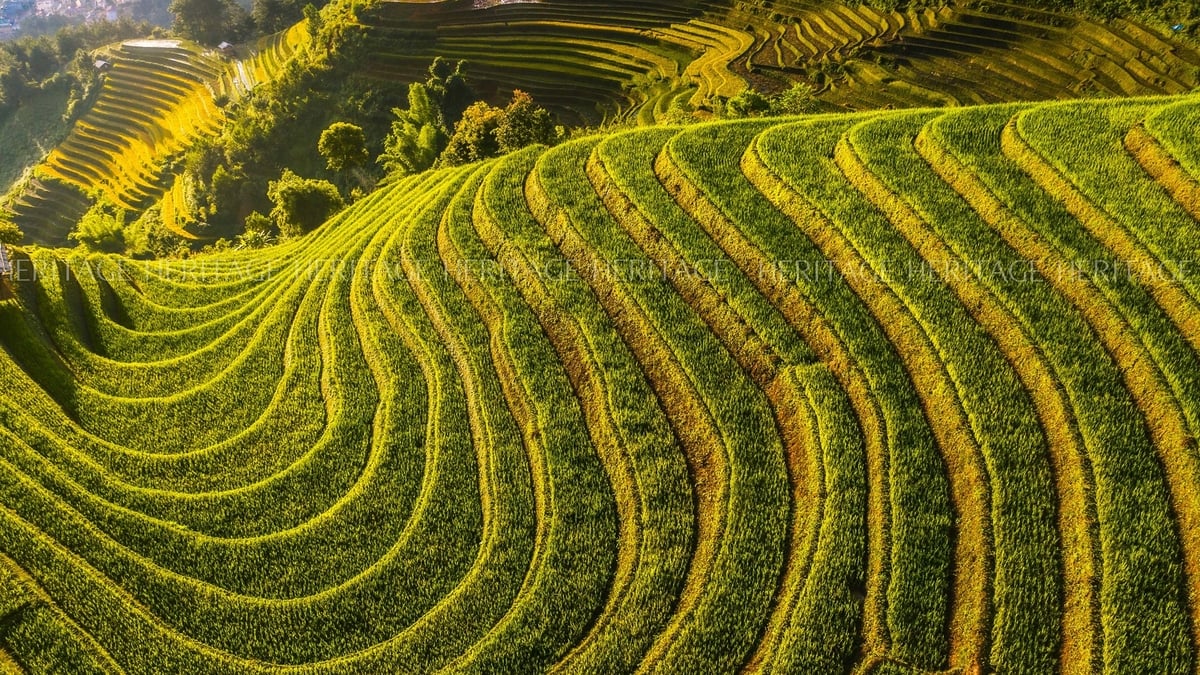

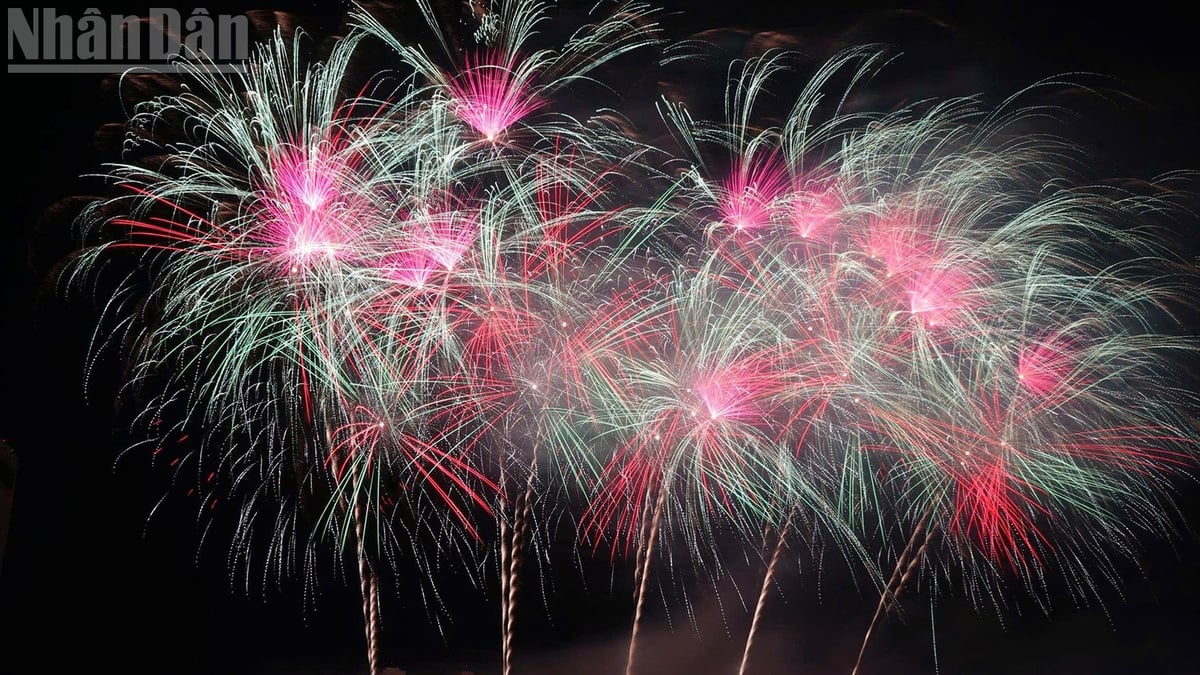
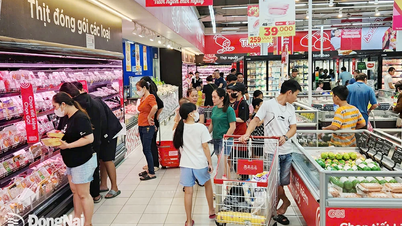

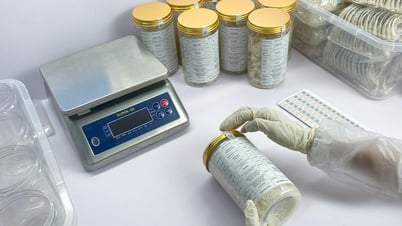

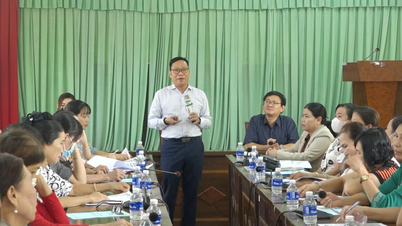









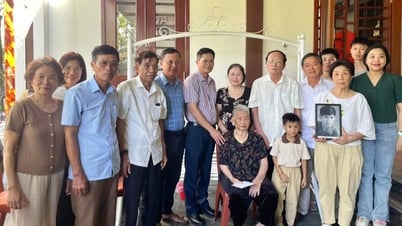

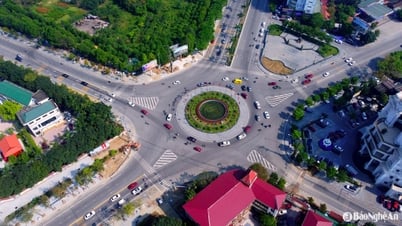
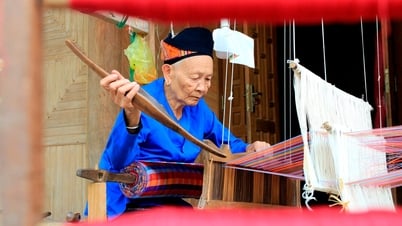

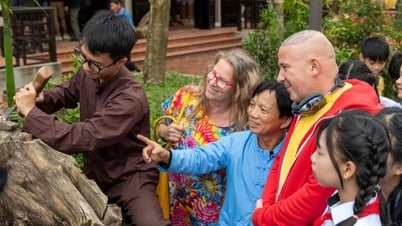


































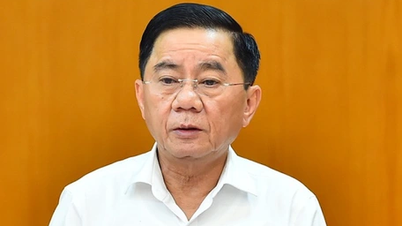

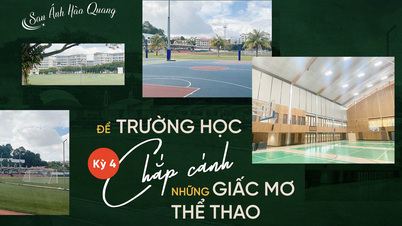


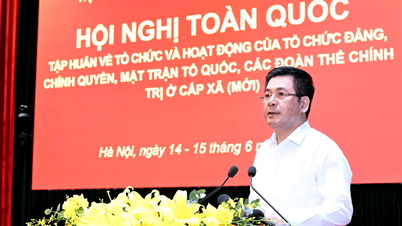






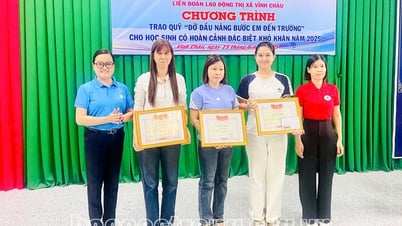

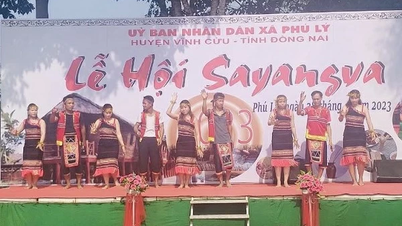
















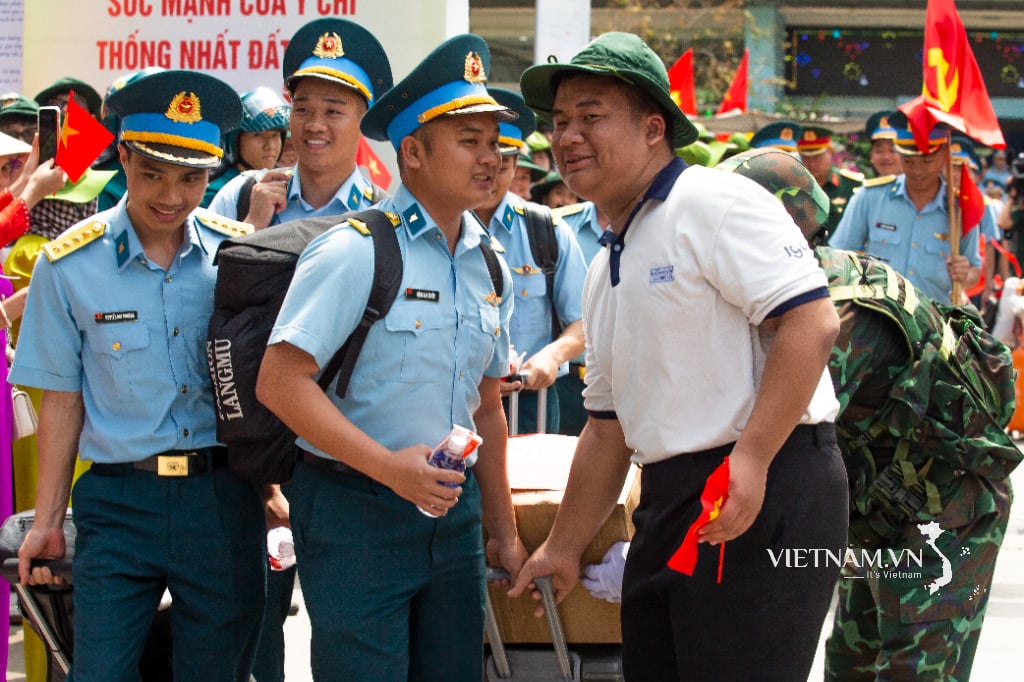

Comment (0)